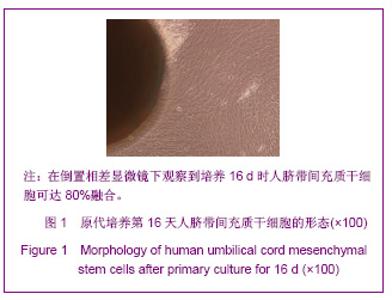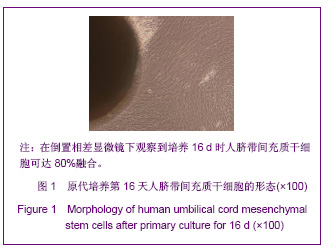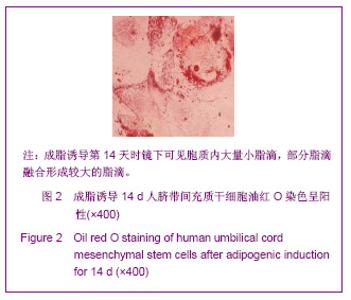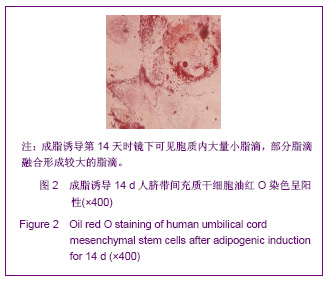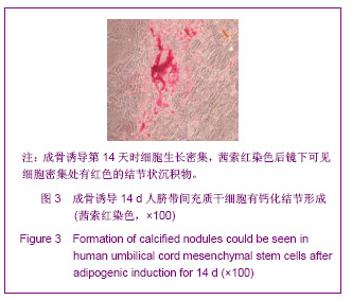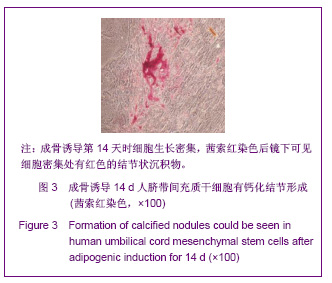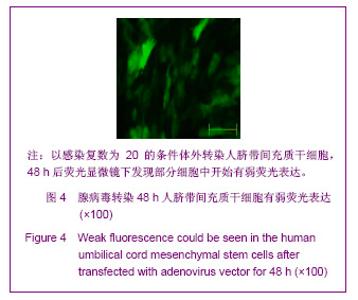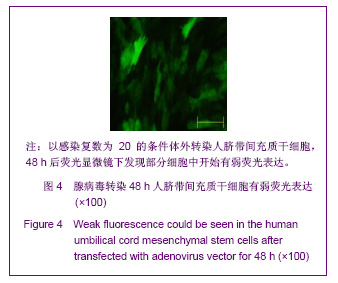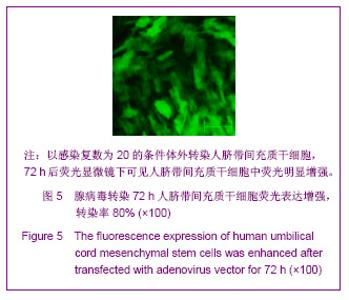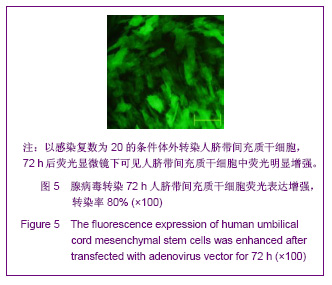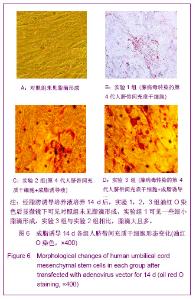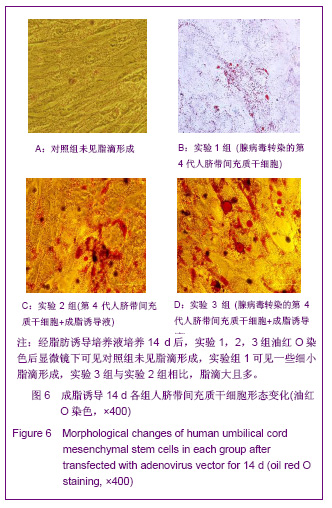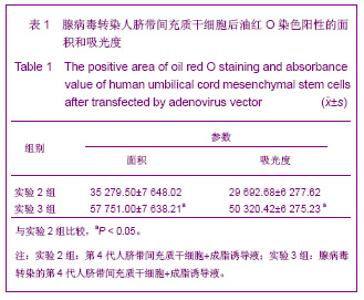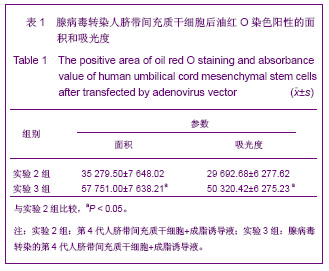| [1] Taha MF, Hedayati V. Isolation, identification and multipotential differentiation of mouse adipose tissue-derived stem cells. Tissue Cell. 2010;42(4):211-216.[2] Liu Y,Xiao HT. Zhongguo Meirong Yixue. 2011;20(5):774-776. 刘毅,肖宏涛.人脐带间充质干细胞与蚕丝蛋白支架构建组织工程脂肪的研究[J].中国美容医学, 2011, 20(5): 774-776. [3] Liu Y,Xue MS. Zhongguo Xiufu Chongjian Waike Zazhi. 2010; 24(7): 822-827. 刘毅,薛美思.携带人胰岛素基因慢病毒载体转染人脐带间充质干细胞的实验研究[J].中国修复重建外科杂志, 2010, 24(7): 822-827.[4] Xiao HT,Niu XH,Liu Y. Zhengzhou Daxue Xuebao:Yixueban. 2010; 45(2): 213-216. 肖宏涛,牛希华,刘毅.人脐带间充质干细胞的体外分离, 培养及诱导分化[J].郑州大学学报: 医学版, 2010, 45(2): 213-216.[5] Kim WS, Mooney DJ, Arany PR,et al. Adipose tissue engineering using injectable, oxidized alginate hydrogels.Tissue Eng Part A. 2012;18(7-8):737-743.[6] Annabi B, Lee YT, Turcotte S,et al. Hypoxia promotes murine bone-marrow-derived stromal cell migration and tube formation. Stem Cells. 2003;21(3):337-347.[7] Petsa A, Gargani S, Felesakis A,et al. Effectiveness of protocol for the isolation of Wharton's Jelly stem cells in large-scale applications.In Vitro Cell Dev Biol Anim. 2009; 45(10):573-576.[8] Liu AM,Luo M,Li G,et al. Zhongguo Bingli Shengli Zazhi. 2008; 24(12): 2450-2454. 刘安民,罗铭,李国,等.重组人肝细胞生长因子在人脐带间质干细胞中高效表达[J].中国病理生理杂志, 2008, 24(12):2450-2454.[9] Hong SJ, Lee JH, Hong SM,et al. Enhancing the viability of fat grafts using new transfer medium containing insulin and beta-fibroblast growth factor in autologous fat transplantation. J Plast Reconstr Aesthet Surg. 2010;63(7):1202-1208.[10] Fu S, Guo SZ. Zhongguo Meirong Yixue.2008;17(6):932-934. 付苏,郭树忠.脂肪组织工程研究进展[J].中国美容医学, 2008, 17(6): 932-934. |
